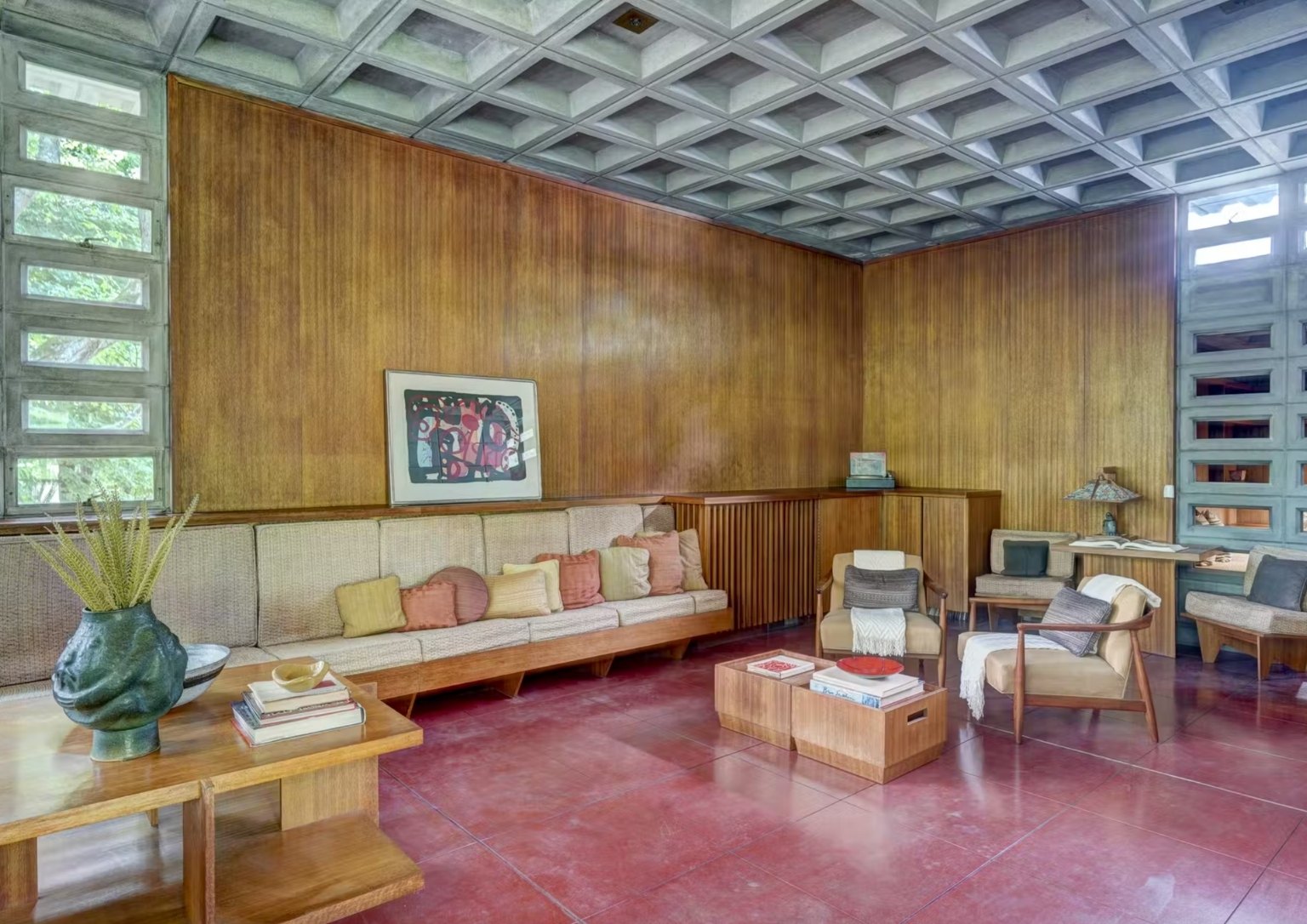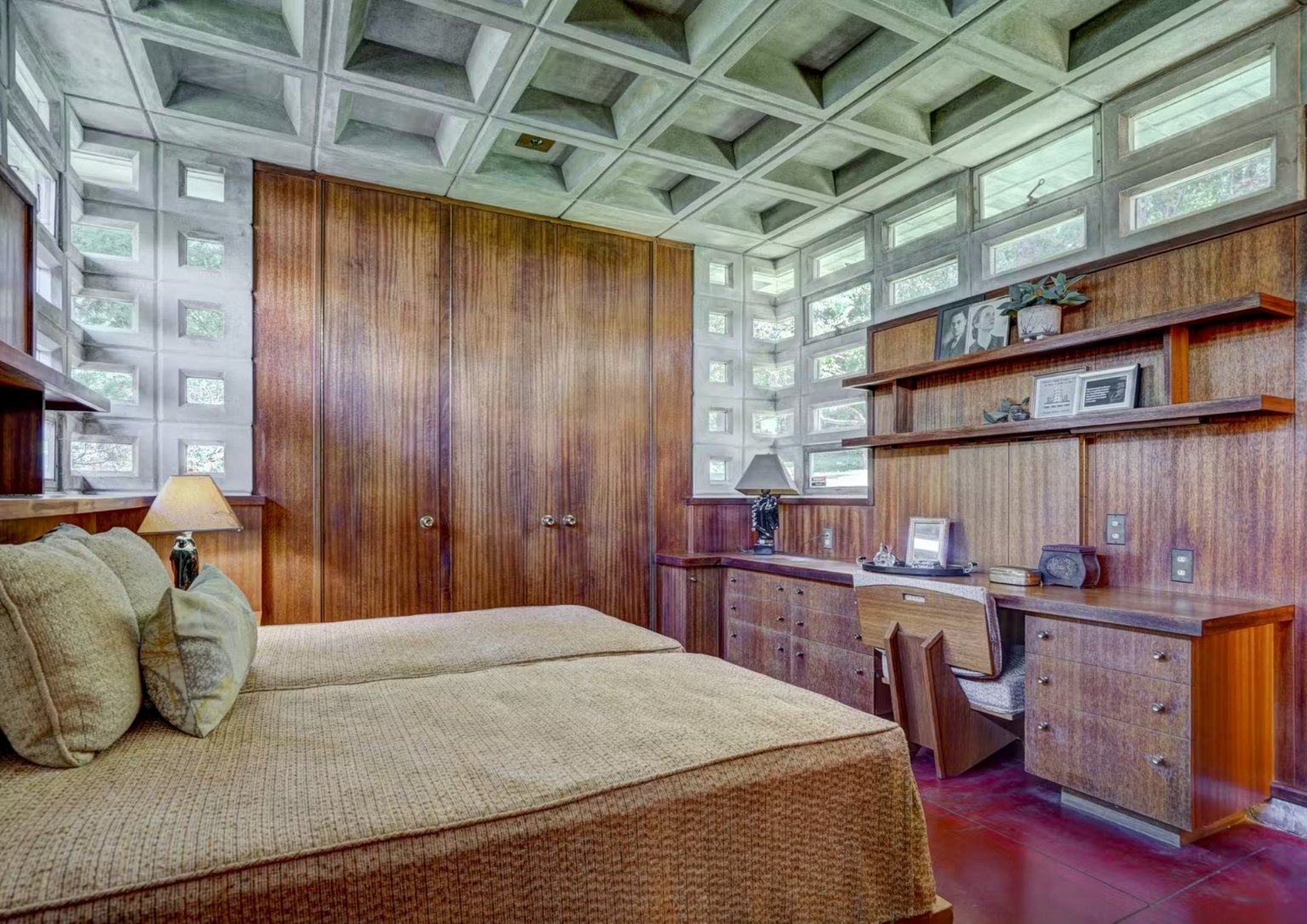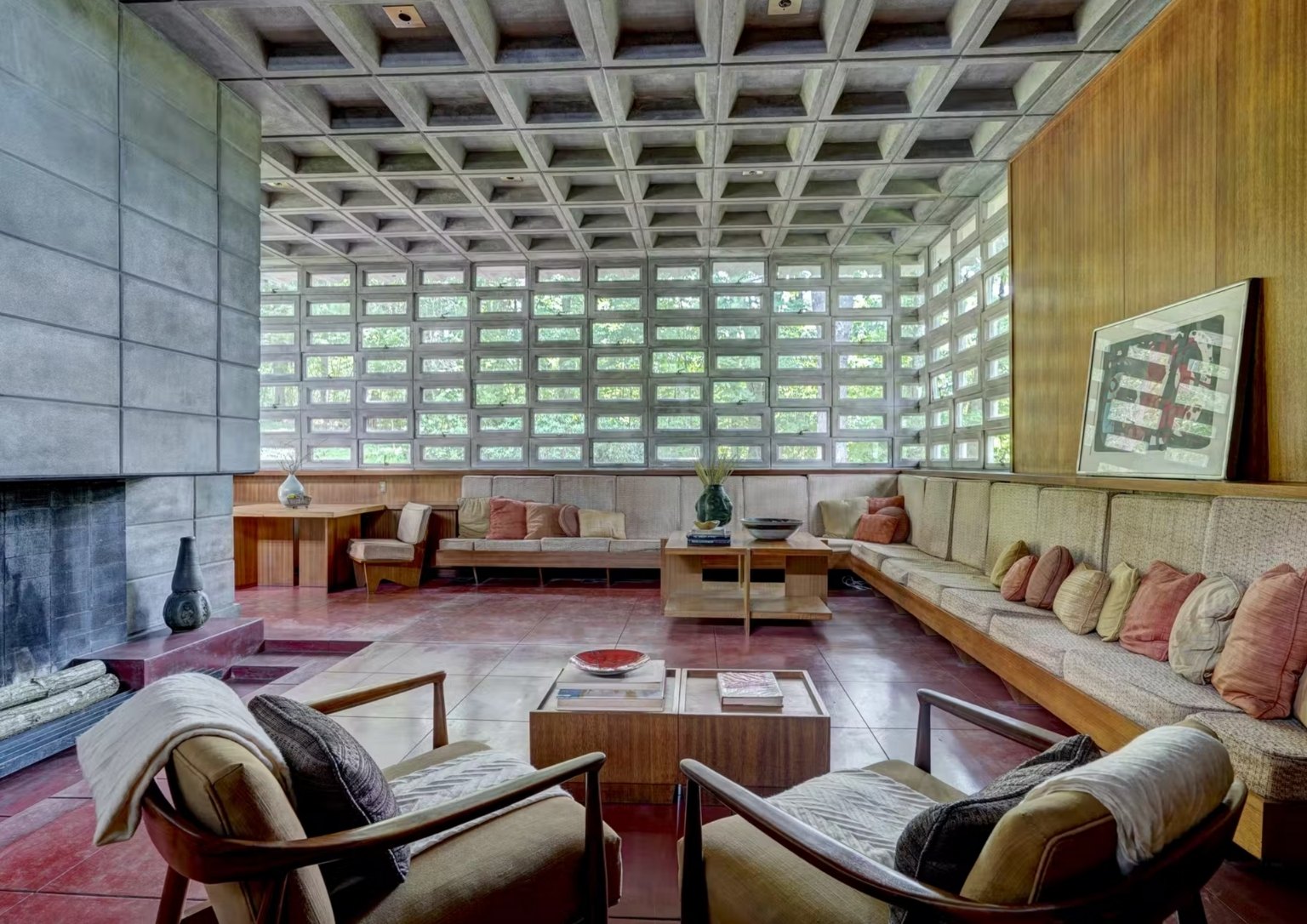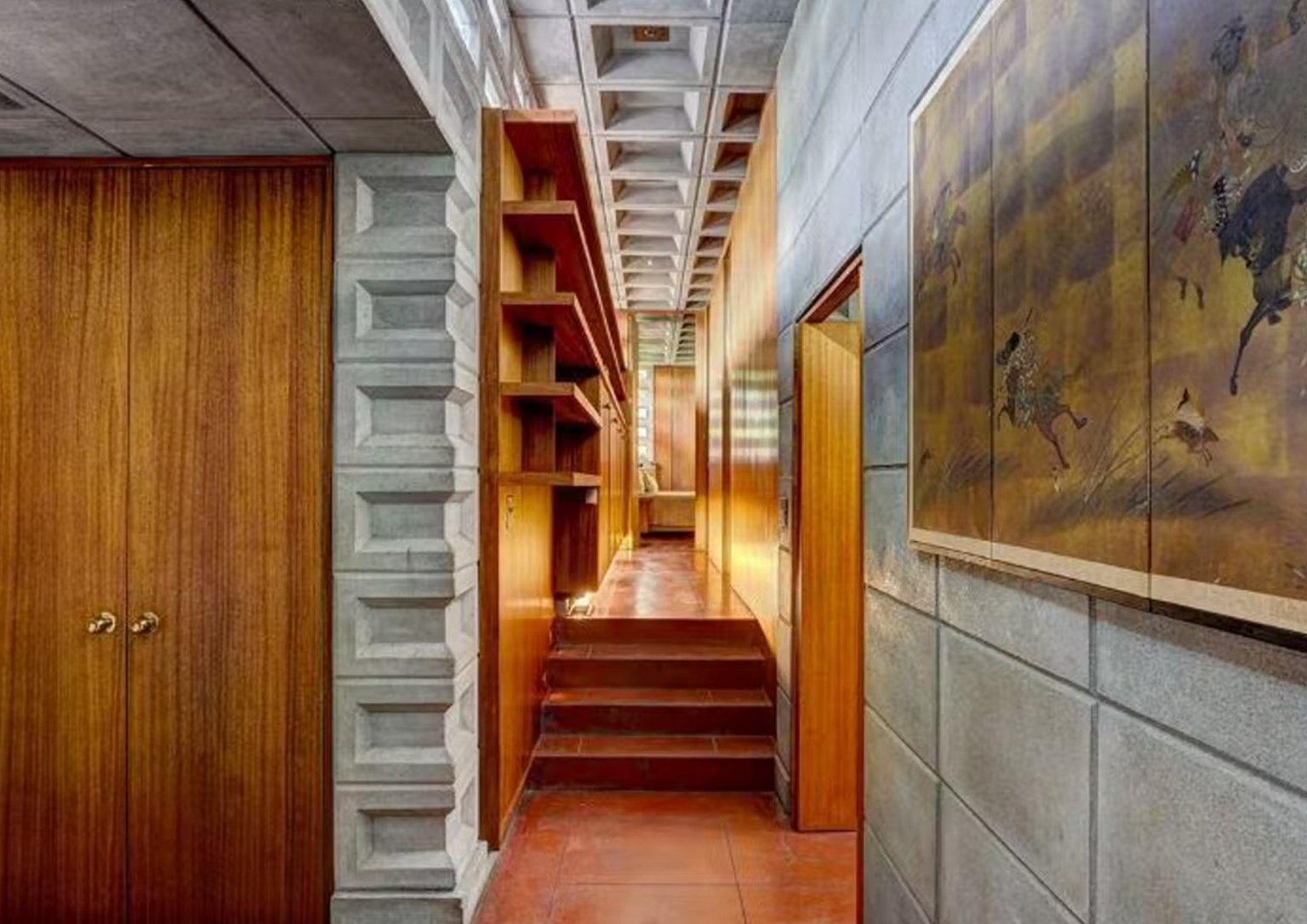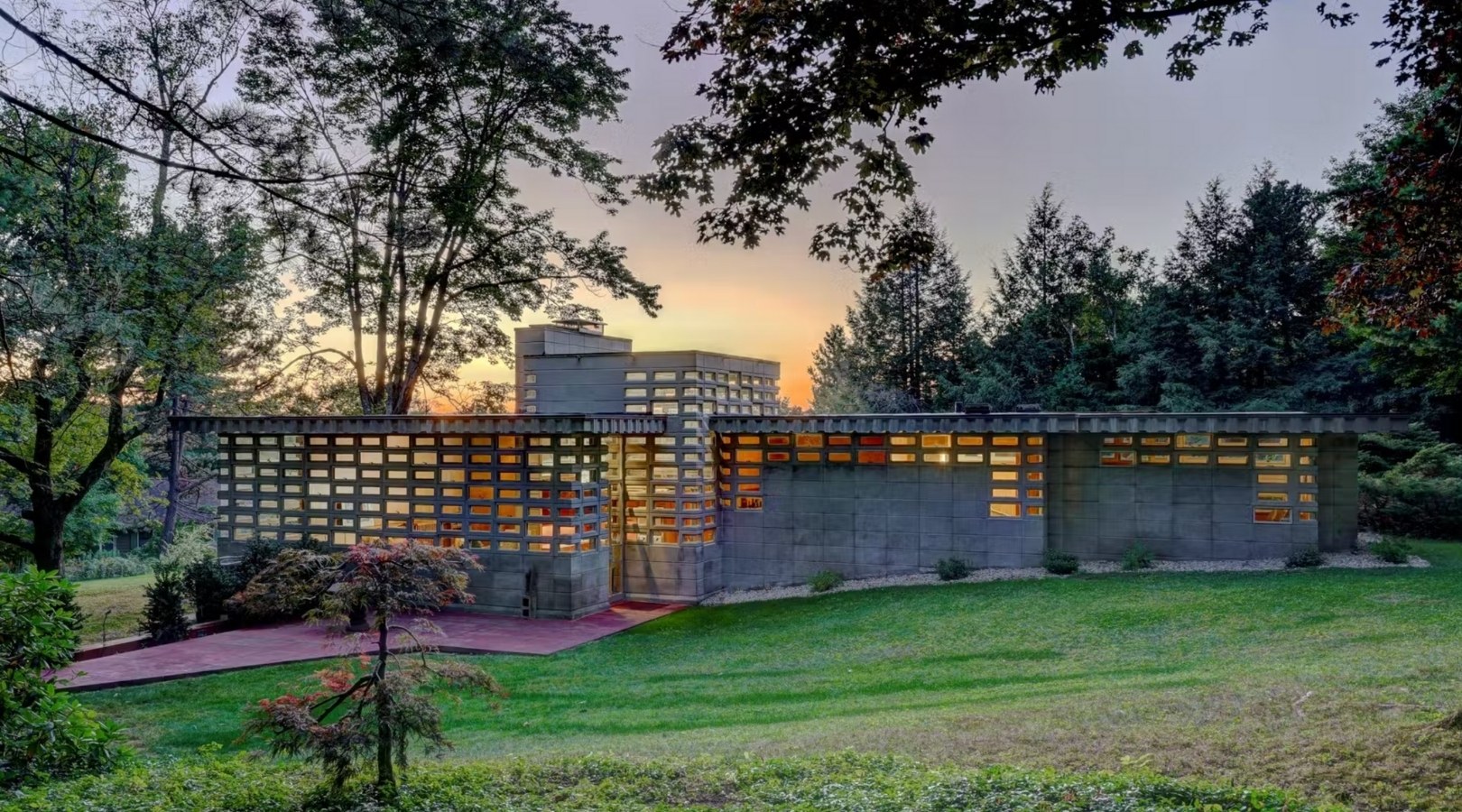
The Controversial Philippine Mahogany Inside Frank Lloyd Wright’s Usonian House
Known as the greatest American architect of all time, Frank Lloyd Wright‘s role in the architectural world is undeniable. He was the fountainhead of different architectural concepts throughout his career that lasted seven decades. One of which is the Usonian home. This concept offers a simple residential construction generally characterized by its one-story horizontal orientation, low roof, open floor plan, and the use of a simple grid pattern. Wright started this affordable way of house construction as a response to the financial crisis during the Great Depression.

Frank Lloyd continued to design Usonian houses thereafter but with variations depending on the client’s preference and budget. From Usonian home came the Usonian Automatic house. It is similar to the original concept but Usonian Automatic homes are generally made with inexpensive concrete blocks. It is an attempt by Wright to further lower construction expenses by eliminating labor costs. “To build a low-cost house you must eliminate, so far as possible, the use of skilled labor,” Wright explained. His vision was for the homeowners to participate in the actual building of their house.

One famous Usonian Automatic House designed by Wright is the Kalil House in Manchester, New Hampshire. It is one of the seven Usonian Automatic houses that Frank has designed. 350 windows framed by concrete make the house’s majestic lounge. It allows natural light to pour in and create warmth in a rather concrete structure.
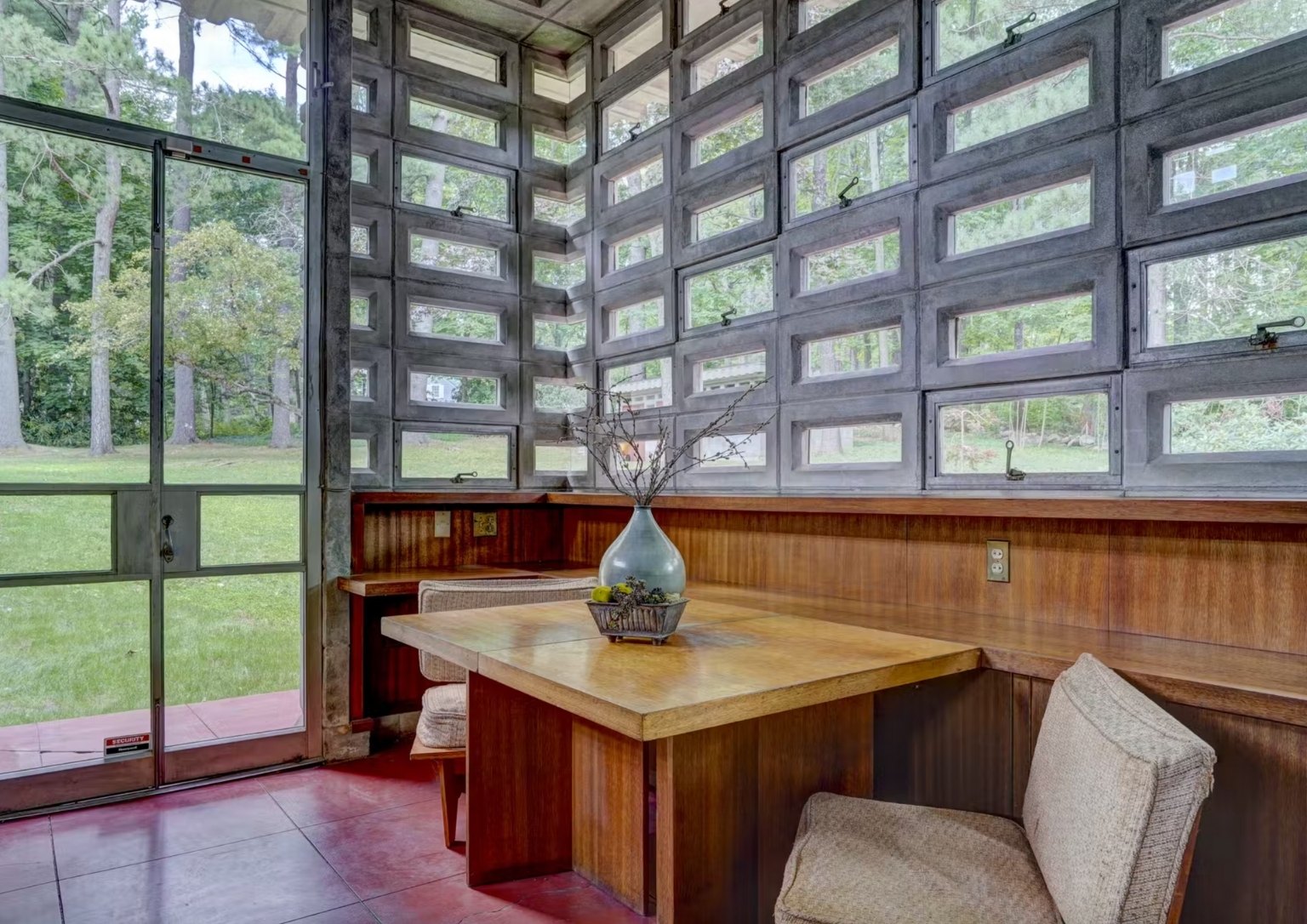
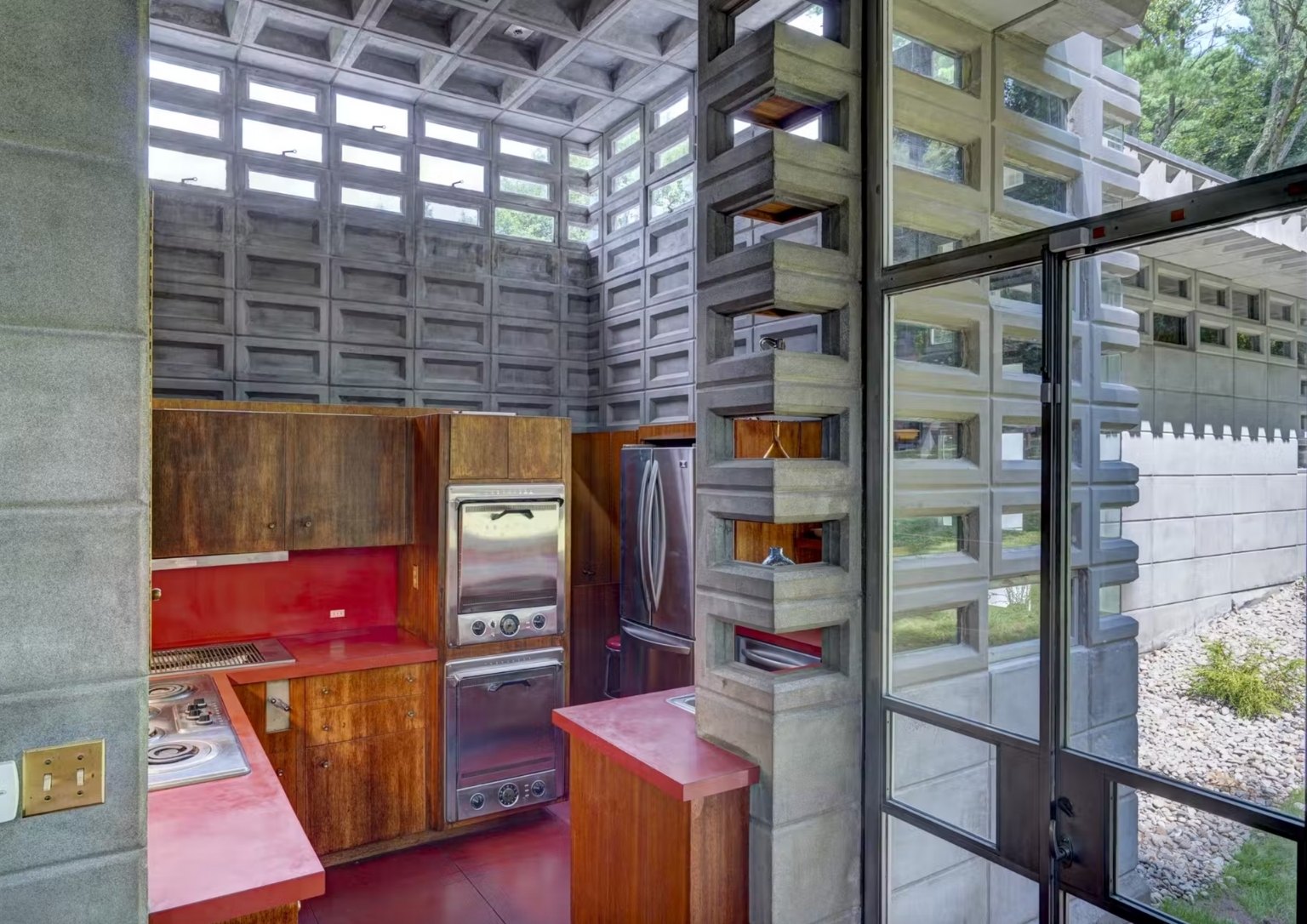
One distinct detail inside the Kalil house is the use of Philippine Mahogany panels. It lines the walls of the lounge area and the hallway. It then continues into the bedroom and the bathroom. One cannot argue that the wood cladding on the walls added to the overall timeless aesthetic of the house.
The Philippine Mahogany however has its share of controversy. Much has been written that it is not true mahogany. According to an article by F. Bruce Lamb, “serious controversy over the name mahogany did not arise until the early 1900s. At this time Philippine woods began to enter the American market and the name Philippine mahogany was used as a promotional ploy…”
Philippine Mahogany is a term referring to several wood species coming from the Southeast Asian region. In modern days, it is known as Lauan or Meranti. This type of wood has been used to build boats and with proper preparation would be great for exterior application. It is generally strong, stiff and has good dimensional stability. The Philippine Mahogany or Meranti has a very similar strength and shrinkage to Red oak. Controversial or not, the Philippine Mahogany has its undeniable capacity to add value to every architectural piece.
Photo Credits: Paula Martin group at Keller Williams

